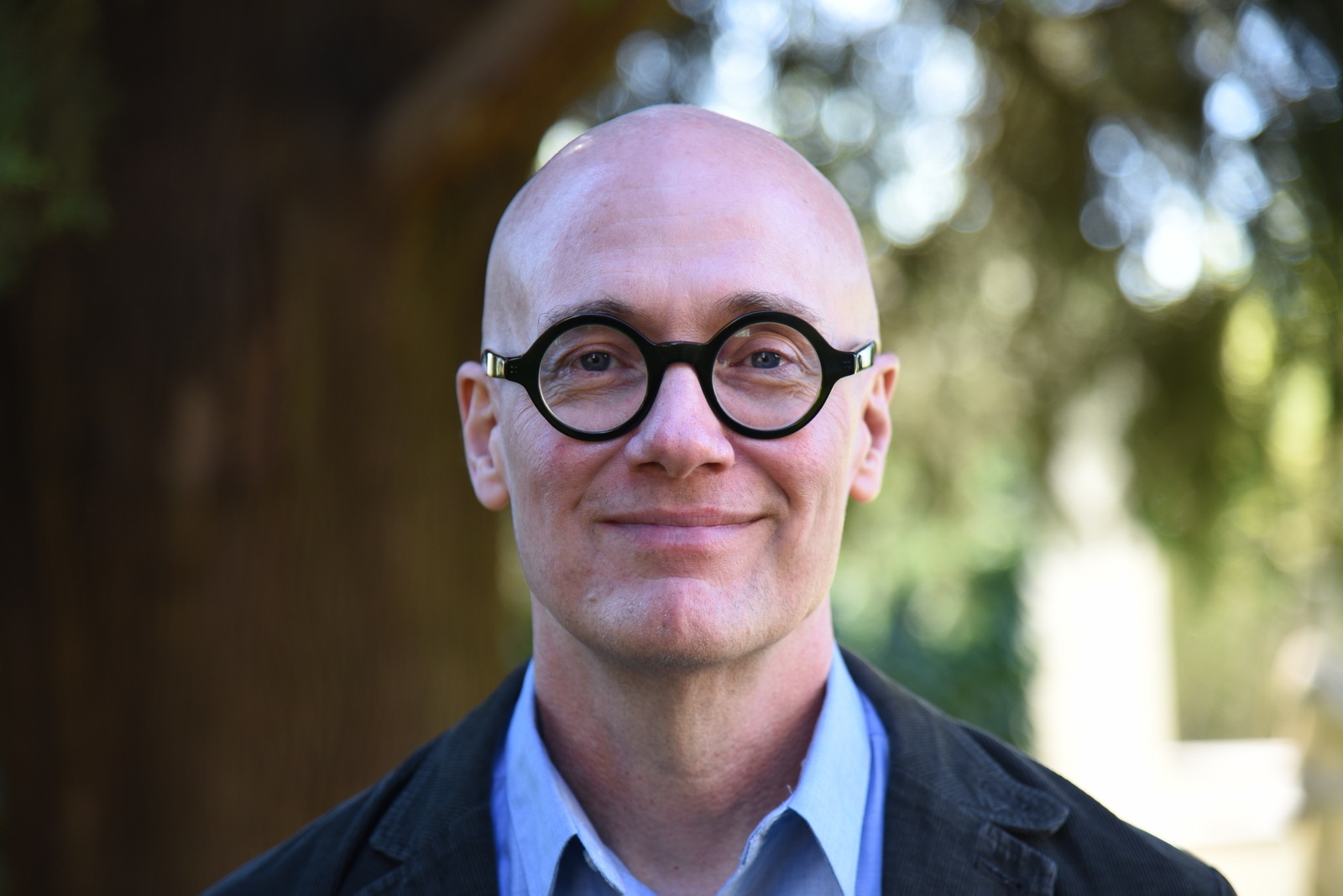Shane Butler
Renaissance Atmospheres, from Poliziano to Symonds
2025-2026 (October-December)

Biography
Shane Butler is the Nancy H. and Robert E. Hall Professor in the Humanities and Professor of Classics at Johns Hopkins University. He has published widely on classical literature and its reception, Renaissance humanism, the history of sensation, the phenomenology of reading, and the history of sexuality. His most recent book, The Passions of John Addington Symonds, was published by Oxford University Press in 2022. He is also the author of The Hand of Cicero (2002), The Matter of the Page (2010), and The Ancient Phonograph (2015), as well as the editor or co-editor of Synaesthesia and the Ancient Senses (2017), Deep Classics: Rethinking Classical Reception (2016), and Sound and the Ancient Senses (2019). In addition, he is the ongoing editor and translator of the Latin Letters of Renaissance humanist Angelo Poliziano for the I Tatti Renaissance Library (vol. 1, 2006; vol. 2, forthcoming), a series he has served as Associate Editor since 2008. He lives in New York City.
Project Summary
The term atmosphere was coined in Latin (atmosphaera), probably in the late sixteenth or early seventeenth century, from two ancient Greek roots: atmos, “vapor,” and sphaera, “ring” or “sphere,” in order to name the layer of nonsolid and particulate matter around a celestial body. It was not long, however, before the term began to be used metaphorically of surroundings on a smaller scale. Both its literal and metaphorical usage expanded rapidly in the eighteenth and nineteenth centuries. The former expansion was the predictable result of accelerating developments in meteorology, astronomical observation, aerial travel, and the like. The latter expansion was partly due to the former (talk of atmospheres was “in the air,” as we say), but it also depended on developments in the wide range of objects to which it was applied, such as cities, domestic interiors, and novels. Critics and historians have explored some of the consequences of all this atmospheric thinking, while philosophers like Tonino Griffero have followed it forward to a veritable “atmospheric turn” and even have formulated an “atmospherology” that offers new solutions to problems of phenomenology and ontology. Can atmospheres, however, tell us something about the Renaissance, and can the Renaissance in turn help us to refine what atmospherology and the like can do? This project attempts pursues two avenues toward possible answers. The first comprises a search for atmospheric objects and practices in the Renaissance itself, with particular emphasis on humanism, philology, and music, seen partly through the work of Angelo Poliziano. The second turns to one of the nineteenth-century popularizers of the term “Renaissance” itself: the Victorian scholar and author John Addington Symonds. Particular attention will be given to a lecture he was scheduled to give in Florence in 1893, cancelled because of his untimely death in Rome.
